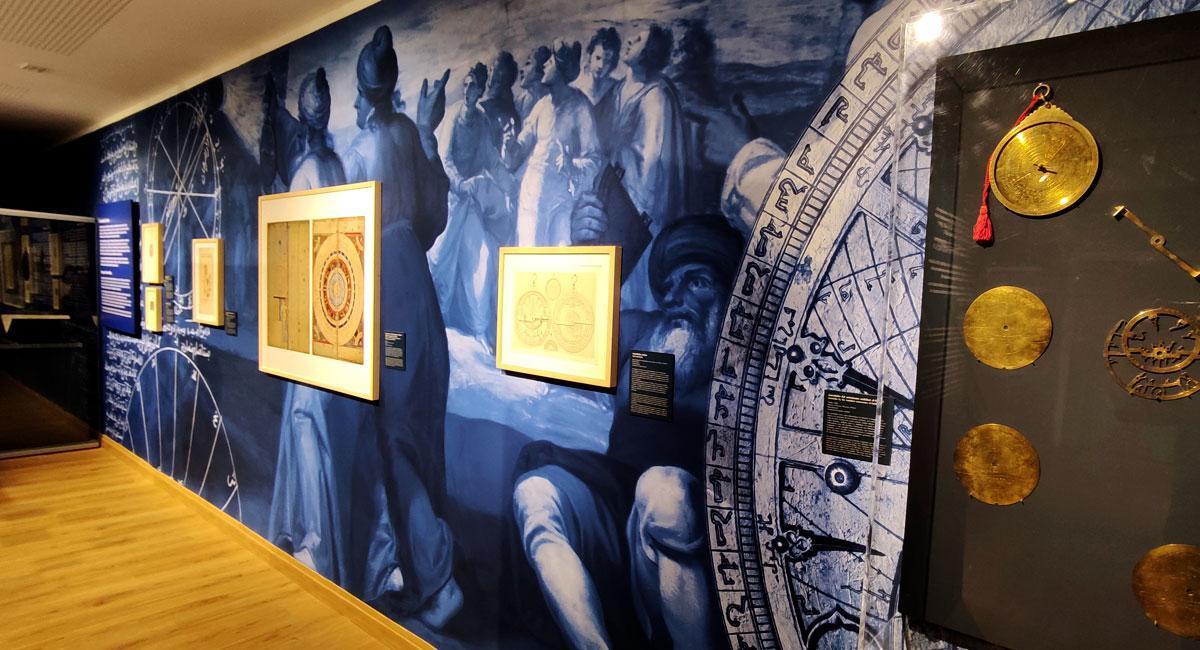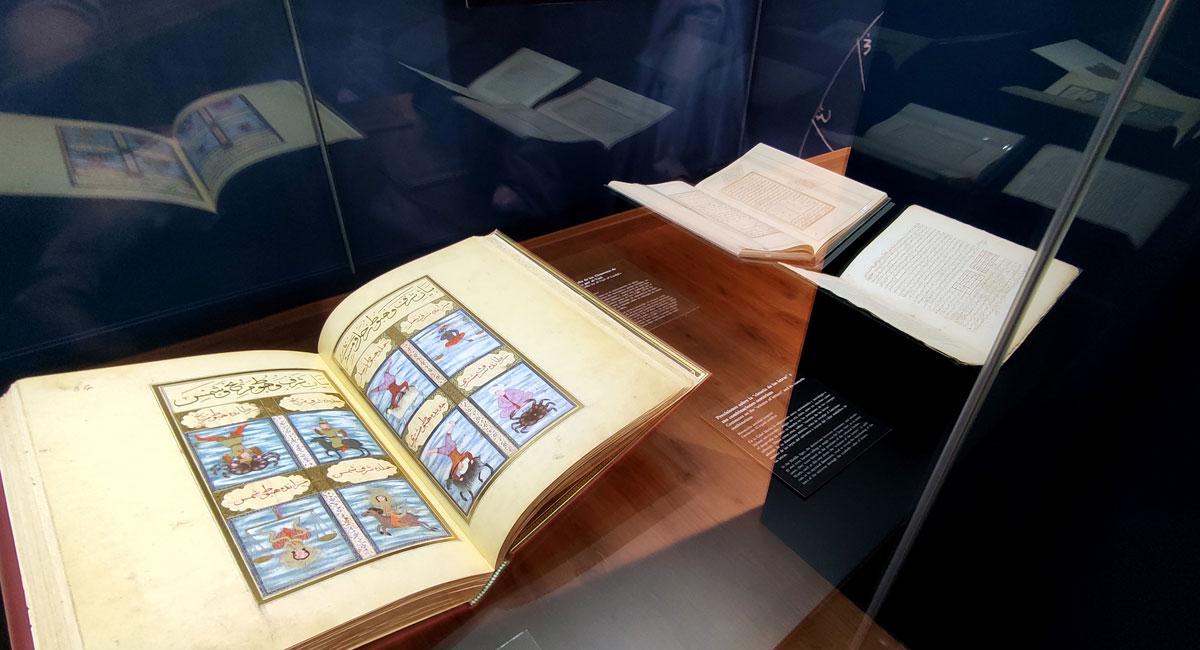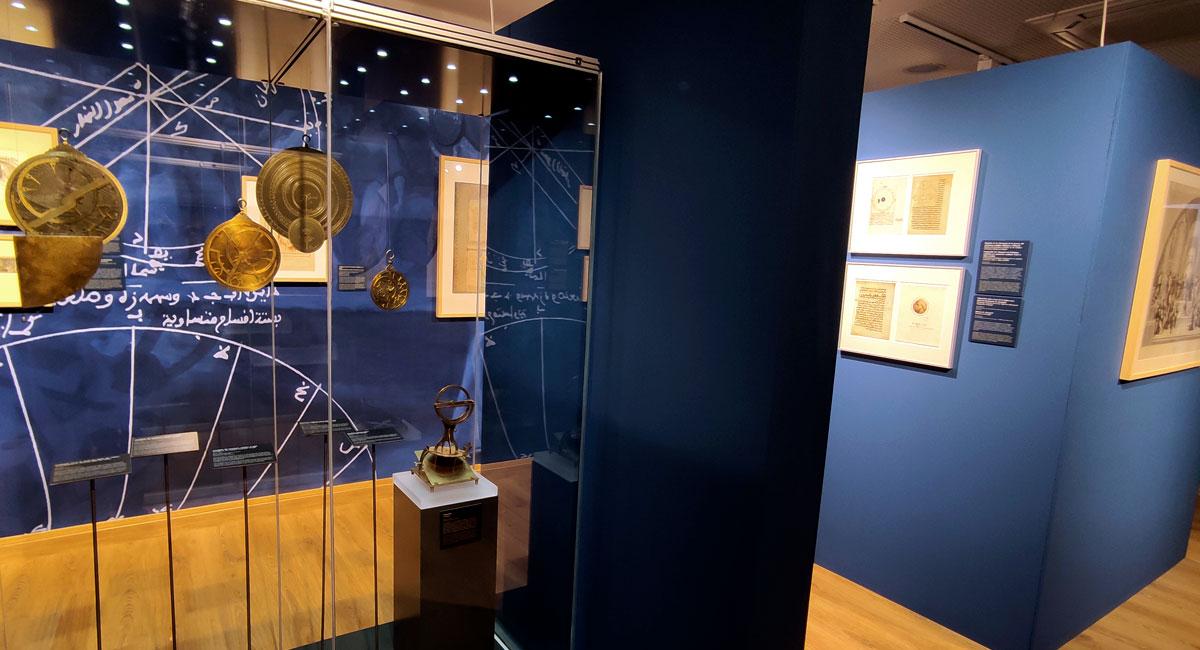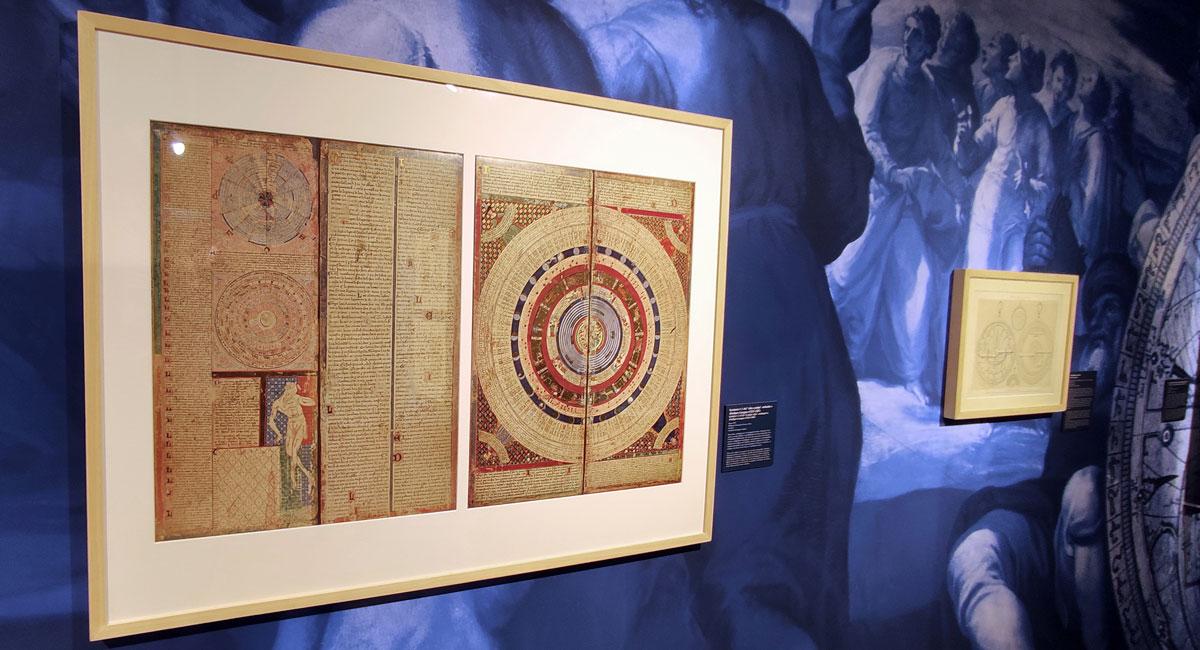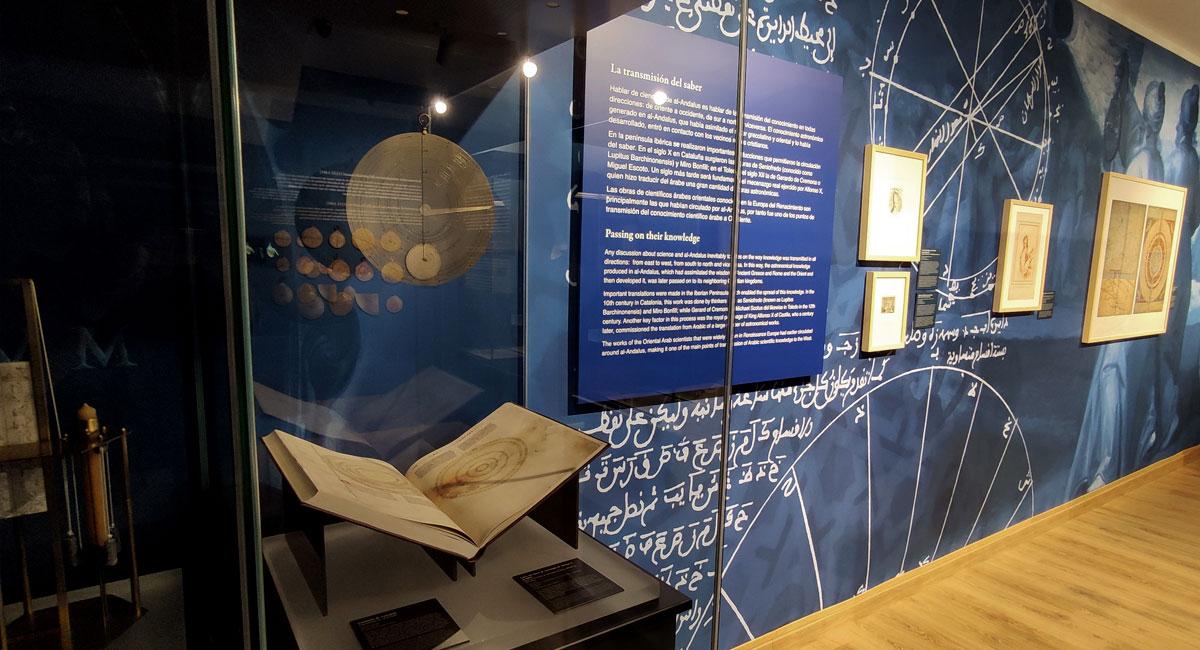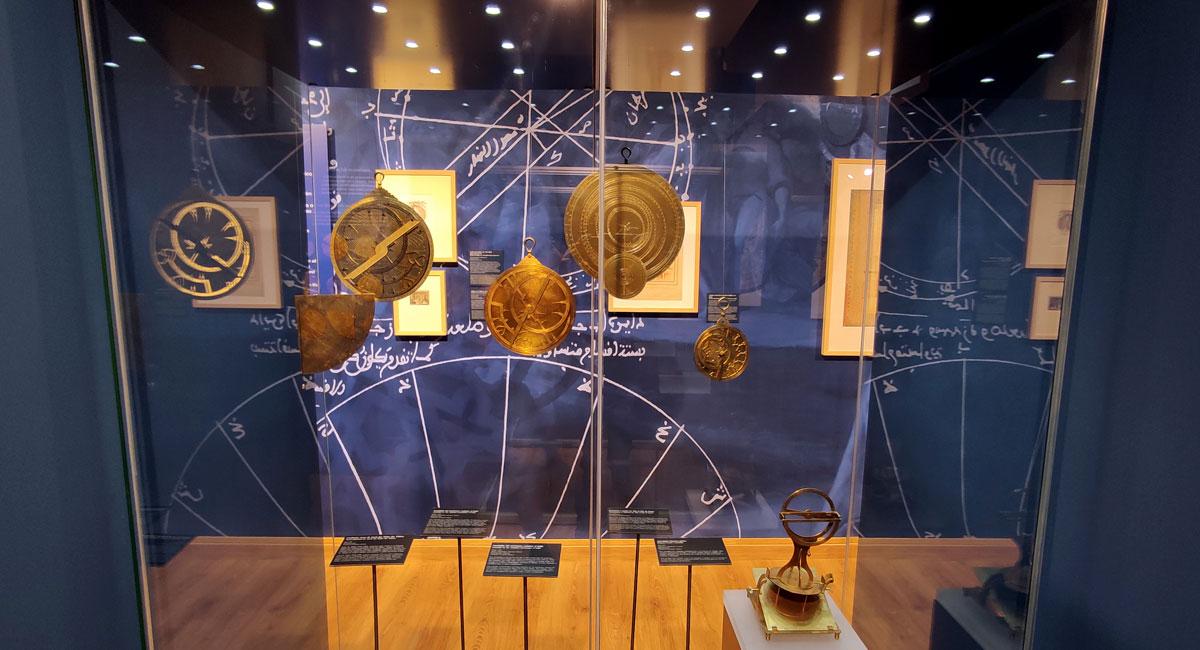Astronomy in al-Andalus
From October 20th, 2023 to March 12th, 2024.
Corral del Carbón. Mariana Pineda St. s/n. Granada
During the Iberian Middle Ages, there was a remarkable exchange of knowledge in various directions. Initially, knowledge flowed from East to West, with a vast number of works from the Islamic East reaching al-Andalus -the name given by the Arabs to the Iberian Peninsula after its conquest, and typically referring to the territory under their rule from the 8th to 15th centuries. . During that time, a significant translation effort of scientific works from classical antiquity, supported by the Abbasid caliphate, was taking place in al-Andalus. Simultaneously, new theories were being developed and generated. The merging of this knowledge with the existing knowledge on the Peninsula led to a golden age for the sciences, starting from the 10th century onwards.
In al-Andalus, astronomy excelled among the sciences due to its practical applications in navigation, timekeeping, and spatial measurement. The astronomers of al-Andalus made significant contributions by producing treatises and developing astronomical instruments. In al-Andalus, there were notable astronomers like Ibn al-Zarqalluh (known in the West as Azarquiel), whose work has been studied for centuries. Additionally, a variety of astronomical instruments, particularly astrolabes, were crafted in al-Andalus and are now showcased in prestigious museums worldwide.
The development of the astronomy of al-Andalus played a significant role in shaping emerging astronomical knowledge in the West. Al-Andalus served as a crucial bridge between Eastern and Western science, connecting antiquity with the new science that emerged from the 16th century onwards. Numerous translations were made over time, converting Oriental and Andalusi works written in Arabic into Latin or Romance languages. The School of Translators in Toledo, supported by Alphonso X, played a prominent role in this endeavour.
This discourse is materialized in the exhibition Astronomy in al-Andalus through a comprehensive collection of astronomical instruments of al-Andalus (reconstructions or reproductions), original scientific works, facsimiles, engravings, explanatory graphics, and audiovisuals. This captivating showcase provides insights into the brilliance that defined that era of our history.

